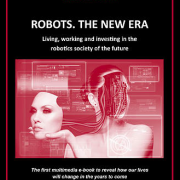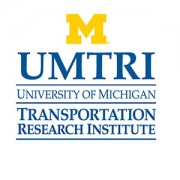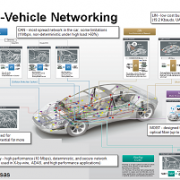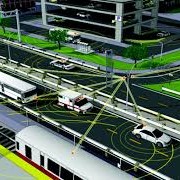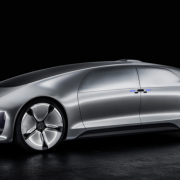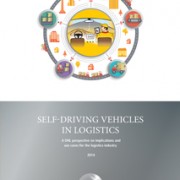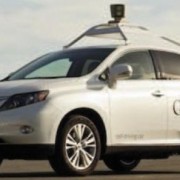Boston Consulting Group
Released: January 8, 2015
According to a new report from The Boston Consulting Group, partially autonomous vehicles (AVs) are likely to penetrate the market as early as 2017, followed by a series of enhancements that will make fully self-driving cars a market reality in a decade and a common sight within two decades.
On the basis of in-depth analyses of the trends driving the development and likely adoption of AVs, BCG expects that partially self-driving cars with highway autopilot functionality and traffic jam autopilot will hit the roads in large numbers by 2017, followed by urban autopilot by 2022, and fully autonomous driving by 2025.
Mass adoption of AVs will not occur, however, until vehicles are secure from cyberattack, uncertainty about liability is resolved, remaining social resistance is overcome, and high-precision maps are developed. Assuming those conditions are satisfied, a market opportunity of roughly $42 billion by 2025 awaits, says the global management consulting firm.
“Many people don’t realize how far along some of these technologies are,” said Xavier Mosquet, North America leader of BCG’s Automotive practice and managing director of the firm’s Detroit office. “Even more surprising, consumer interest and the production costs will make autonomous vehicles highly attractive to both carmakers and their customers.”
Comprehensive Research Underlies the Findings
BCG’s study pulls together several strands of research, including an analysis of AV technologies and economics; U.S. consumer survey data; interviews with executives of automobile companies, suppliers, and technology companies around the world; and an extensive review of industry publications, among other sources. As part of the research, BCG surveyed more than 1,500 U.S. drivers in September 2014 about their willingness to buy partially and fully autonomous vehicles. Fifty-five percent of respondents said they would likely or very likely buy a partially self-driving car within approximately five years, and 44 percent said they would likely or very likely buy a fully self-driving car within about ten years.
Consumers cited the following as the most important reasons for buying a partially or fully self-driving car: lower insurance and fuel costs, increased safety, and the ability to multitask or be entertained while the vehicle drives.
The price of AV technology, expected to come in at $2,000 to $10,000 per vehicle at launch, will decline at about 4 to 10 percent (on a compound annual basis) in the first ten years or so, according to BCG. That will create a favorable business case for OEMs, which could achieve about 25 percent market penetration of AVs by 2035 with a favorable pricing strategy. Roughly 15 percent (18 million units) would be partially autonomous vehicles and 10 percent (12 million units) would be fully autonomous. To achieve a higher rate of penetration, OEMs would need to find ways to reduce the total cost of ownership or persuade consumers to pay a higher premium for autonomous features.
The Future Is Now
Several original equipment manufacturers (OEMs), technology companies, and universities already have pilot projects under way or on the launch pad to test varying levels of self-driving capability. A number of near-term rollouts have been reported or announced.
Far-Reaching Implications for Transport and Related Sectors
The cost and safety advantages of fully automated “robo-taxis” could revolutionize city driving, especially in the developing world. BCG case studies for New York City and Shanghai show that AVs have the potential to be 25 to 35 percent cheaper than conventional taxis. In Shanghai, the cost of a ride in a robo-taxi would be less than the cost of driving a private vehicle, even if the robo-taxi carried only one passenger, according to BCG.
To view selected highlights from the research, please visit SlideShare at http://www.slideshare.net/TheBostonConsultingGroup/the-road-to-autonomous-driving.

